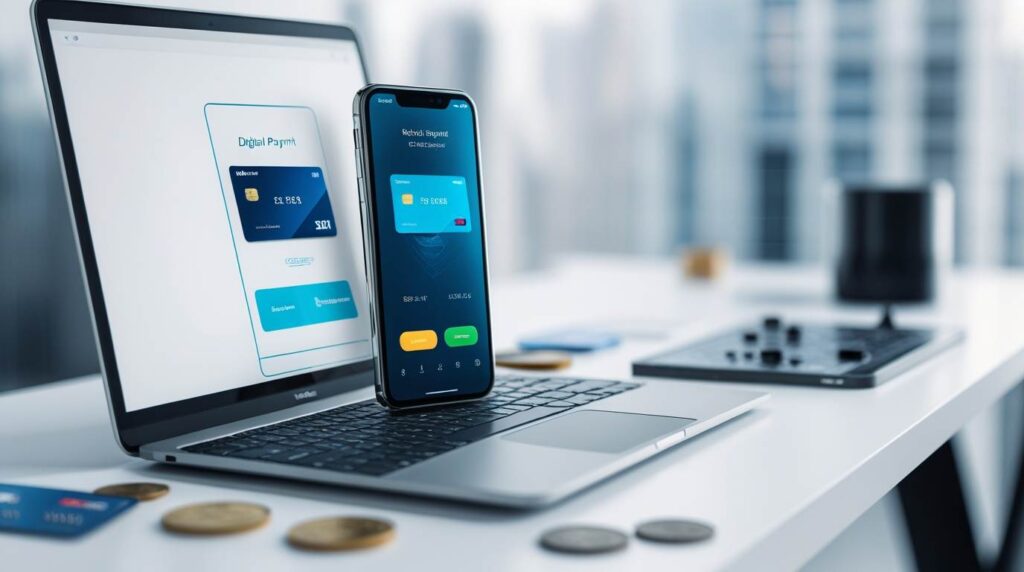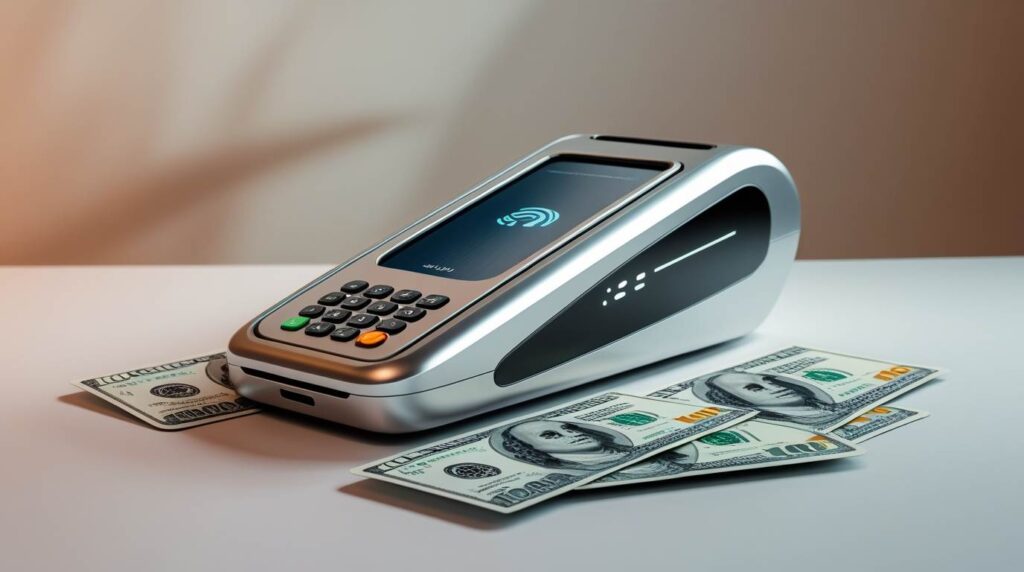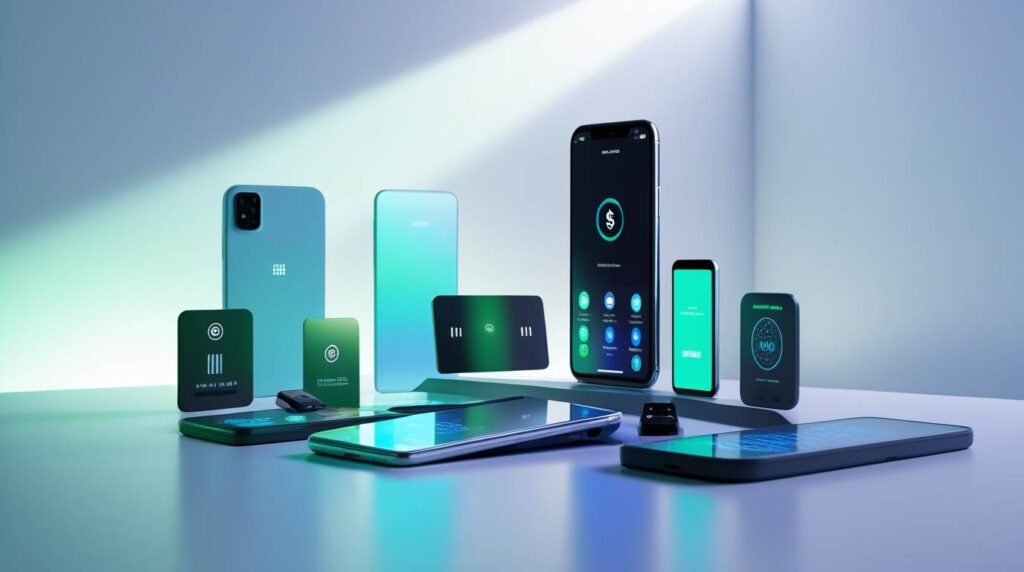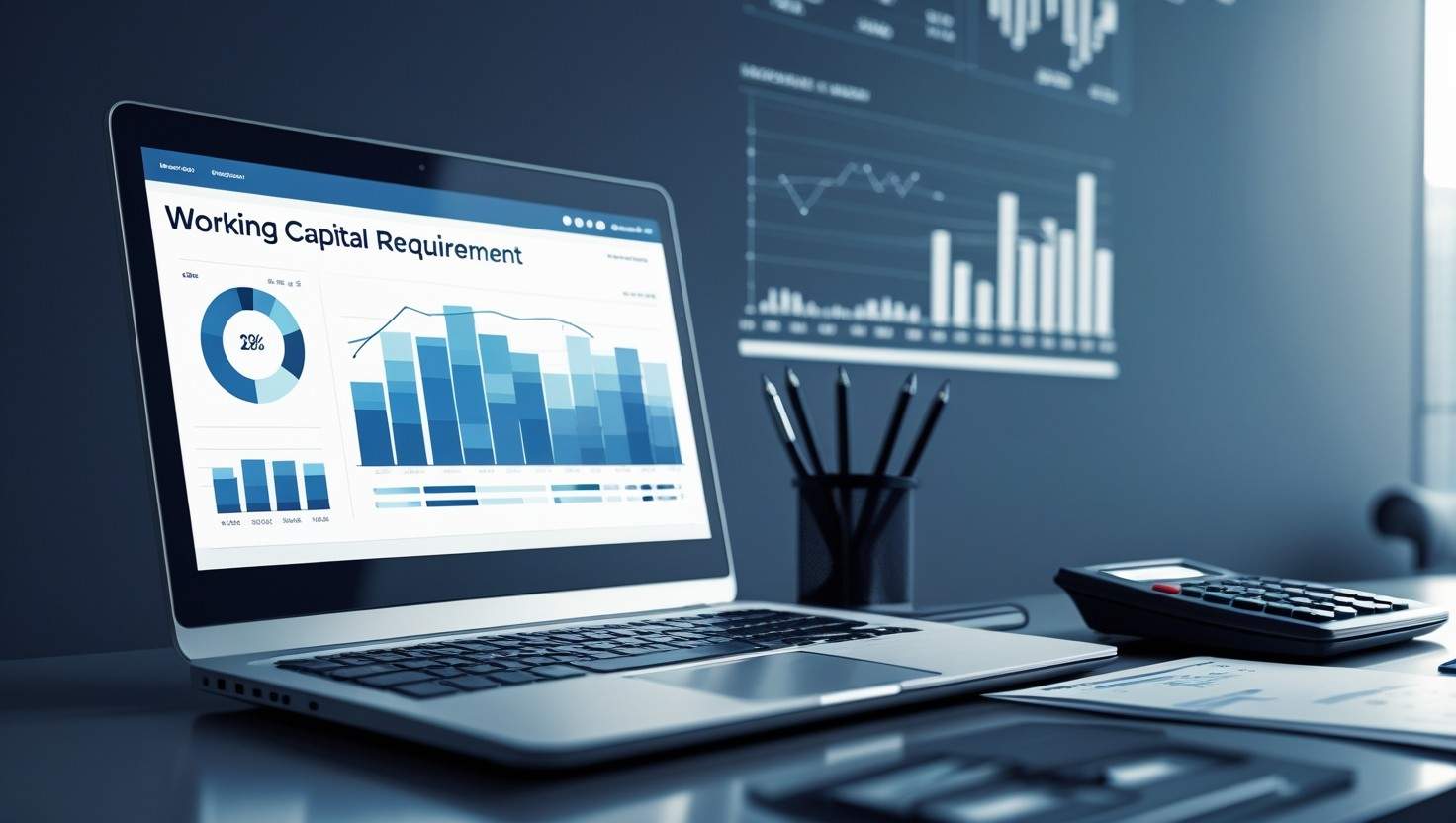
In the ever-evolving world of commerce, one thing is crystal clear: how we pay has come a long way. Payments have transformed remarkably from coins and cash to plastic cards and now invisible digital transactions. This evolution hasn’t just been about convenience—it’s been driven by the need for speed, security, and accessibility. As our lives become more connected through smartphones and the internet, digital payments have become the backbone of modern finance, changing how individuals and businesses manage money.
Imagine walking into a coffee shop, ordering your favourite brew, and paying without touching your wallet. With a quick tap of your phone, the transaction is complete. There is no waiting, no change, and no risk of skimming your card. That’s the reality today—and it’s only the beginning. The future promises even faster, more secure ways to pay, all made possible by the continuous march of technology.
What Are Digital Payments?

Digital payments are any financial transaction made electronically. Instead of exchanging physical money like bills or coins, funds are transferred through digital systems using computers, smartphones, or other connected devices. These payments can happen online or in person and don’t require cash or a physical card. The beauty of digital payments lies in their flexibility and convenience.
Let’s say you’re buying something online. You can pay using a digital wallet like Apple Pay or Google Pay, a UPI ID, or scanning a QR code. You don’t need to visit a bank, write a check, or carry large amounts of cash. You can complete the entire transaction in under a minute—without leaving your couch.
There are many types of digital payments. These include mobile wallets, direct bank transfers, peer-to-peer (P2P) payment apps like PayPal or Venmo, and contactless NFC payments (Near Field Communication). Each method is designed to simplify transactions, whether you’re sending money to a friend or buying groceries at the store. The rise of smartphones and widespread internet access has made these methods more popular, revolutionizing how we move money around.
The Rise of Digital Payments
Over the past decade, we’ve witnessed a massive shift from traditional cash and card-based payments to digital-first solutions. What sparked this transformation? A combination of factors, including increasing smartphone usage, better internet infrastructure, and a growing desire for convenience and safety. Digital payments didn’t just appear overnight—they evolved in response to our changing lifestyles.
Online shopping was one of the earliest drivers of this trend. As e-commerce platforms became popular, the need for safe and efficient online payments became critical. Credit and debit cards worked well, but digital wallets and UPI solutions took things to another level by reducing friction and eliminating the need to enter payment details repeatedly.
Today, mobile payment apps have taken centre stage. Apps like Google Pay, PhonePe, Paytm, and Apple Pay allow users to link their bank accounts, store payment details securely, and make instant transactions. Whether paying your electricity bill, booking a movie ticket, or sending money to a relative, everything can be done in seconds through your smartphone. It’s this speed and simplicity that make digital payments so attractive.
Even traditional banks have jumped on board, offering integrated digital banking solutions with features like instant fund transfers, bill payments, and virtual cards. As a result, physical branches are becoming less essential, and mobile banking is emerging as the new norm.
The Emergence of Contactless Technology

Contactless payments are among the most significant breakthroughs in the digital payment space. Powered by NFC technology, contactless transactions let you pay by tapping your card, phone, or smartwatch on a compatible terminal. For small purchases, there is no need to swipe, insert, or enter a PIN—just tap and go. This frictionless experience has become increasingly popular, especially in high-traffic retail environments.
The COVID-19 pandemic played a significant role in accelerating the adoption of contactless technology. With hygiene and social distancing taking centre stage, customers and businesses alike wanted safer, touch-free payment options. Contactless payments are delivered that way, allowing people to avoid cash and minimize physical contact during transactions.
But the innovation doesn’t stop there. Biometric authentication, such as fingerprint scanning and facial recognition, is adding new layers of security. These technologies ensure that only authorized users can complete a payment, dramatically reducing the risk of fraud or theft.
We also see payment integration into everyday objects through the Internet of Things (IoT). Imagine your smart fridge automatically reordering groceries or your car paying for fuel at the pump. As these connected devices become more innovative and more secure, the boundaries of contactless payments will continue to expand into more aspects of our daily lives.
The Future of Payments: Faster, Easier, and More Secure

What does the future hold for digital payments? In one word: innovation. We’re entering an era where payment methods will be so seamless and intuitive that you might not even notice them happening. The focus will be on making transactions faster, more convenient, and ultra-secure.
Biometric authentication will become more mainstream. Instead of remembering passwords or PINs, your fingerprint or face will become your key to completing transactions. This simplifies the process and boosts security by ensuring that only you can authorize payments.
Blockchain technology is another exciting development in this space. Initially known for powering cryptocurrencies like Bitcoin, blockchain is now being explored for secure and transparent digital payments. By creating an unchangeable digital ledger, blockchain reduces the chances of fraud and increases trust between parties—especially in large or international transactions.
Another promising trend is the rise of central bank digital currencies (CBDCs). These are government-backed digital versions of traditional currency designed to offer the security of central banks with the convenience of digital wallets. Countries like China and Sweden are already testing their CBDCs, and more are likely to follow.
The future of payments isn’t just about technology—it’s about inclusion. As these innovations unfold, they’ll bring secure and affordable financial services to underbanked populations across the globe, helping more people participate in the digital economy.
Embrace the Digital Future with Confidence
Financial technology is moving faster than ever. Each day brings new tools, platforms, and innovations that are changing the way we earn, spend, and save. Digital payments are not just a convenience—they’re becoming a necessity. Everything is shifting online, from tiny transactions to major purchases, and the benefits are clear.
The evolution of payment methods—from cash and cards to contactless and biometrics—reflects our desire for better, safer, and more efficient ways to interact with money. As these technologies mature, they will improve accessibility, transparency, and trust in financial systems.
New digital platforms lead the way, showing how digital banking can be inclusive, empowering, and remarkably user-friendly by simplifying transactions, reducing barriers, and offering flexible services for all; they help people of all ages and backgrounds easily participate in the digital economy.
Whether you’re a tech-savvy professional or just beginning to explore digital finance, now is the time to embrace this change. The tools are ready. The infrastructure is in place. All that’s left is to take that first step.
Conclusion
The world of payments is transforming before our eyes. What once required a trip to the bank or a wallet full of cash can now be done in seconds with a smartphone. Digital payments have become the norm, driven by technological advances and changing consumer expectations. And with innovations like contactless tech, biometrics, and blockchain, the future looks even brighter.
These advancements aren’t just about convenience—they’re about empowerment. They allow people from all walks of life to participate in the economy, manage their money more effectively, and live with greater financial freedom. Whether running a business, managing a household, or just trying to stay organized, digital payment solutions can simplify your journey.





